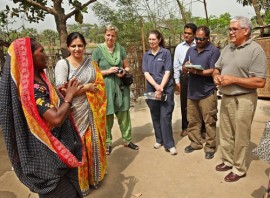
Skeletal remains of 138 indigenous people taken from the Torres Strait Island in the 19th century will be returned to its original place by the London’s National History Museum.
Out of curiosity, early explorers and missionaries had collected the said body parts for all manner of reason.
The removal of the said skeletal remains had been a big issue to the villagers in the island. According to their beliefs once the body has been remove from the island, it is said that there soul can never rest.
Speaker of the community Ned David said that they are delighted of the decision made by the Museum to return the remains of their indigenous people.
Until now, villagers are still following their customs and traditions. It is there believe that they still have strong connection to those people who have p(–foul word(s) removed–)ed away. “The view we take is that our people are so far away from home, their spirits are not at rest and not at peace”. Ned said.
It has been the request of the villagers to return the remains of their indigenous people but this decision of the trustees of the NHM to grant such request has not been an easy one especially for the research institute. Researcher said that the discovery of those remains have been a significant and important resource.
The director of Science at the Natural History Museum Richard Lane said he hope that this action of the NHM would initiate a new collaborative approach to the issue of repatriation in which the needs of both sides could be satisfied.
Dr. Lane also added that he is looking forward to an open communication to the villagers of the Torres Strait Island to make them understand that we can learn some things in the past by studying such remains.
As of now the NHM museum has a huge collection of human specimens which is a thousand years old already. This specimen are being used by the scientist to track the pattern of migration in ancient human communities – who lived where, who mixed with whom and when.
